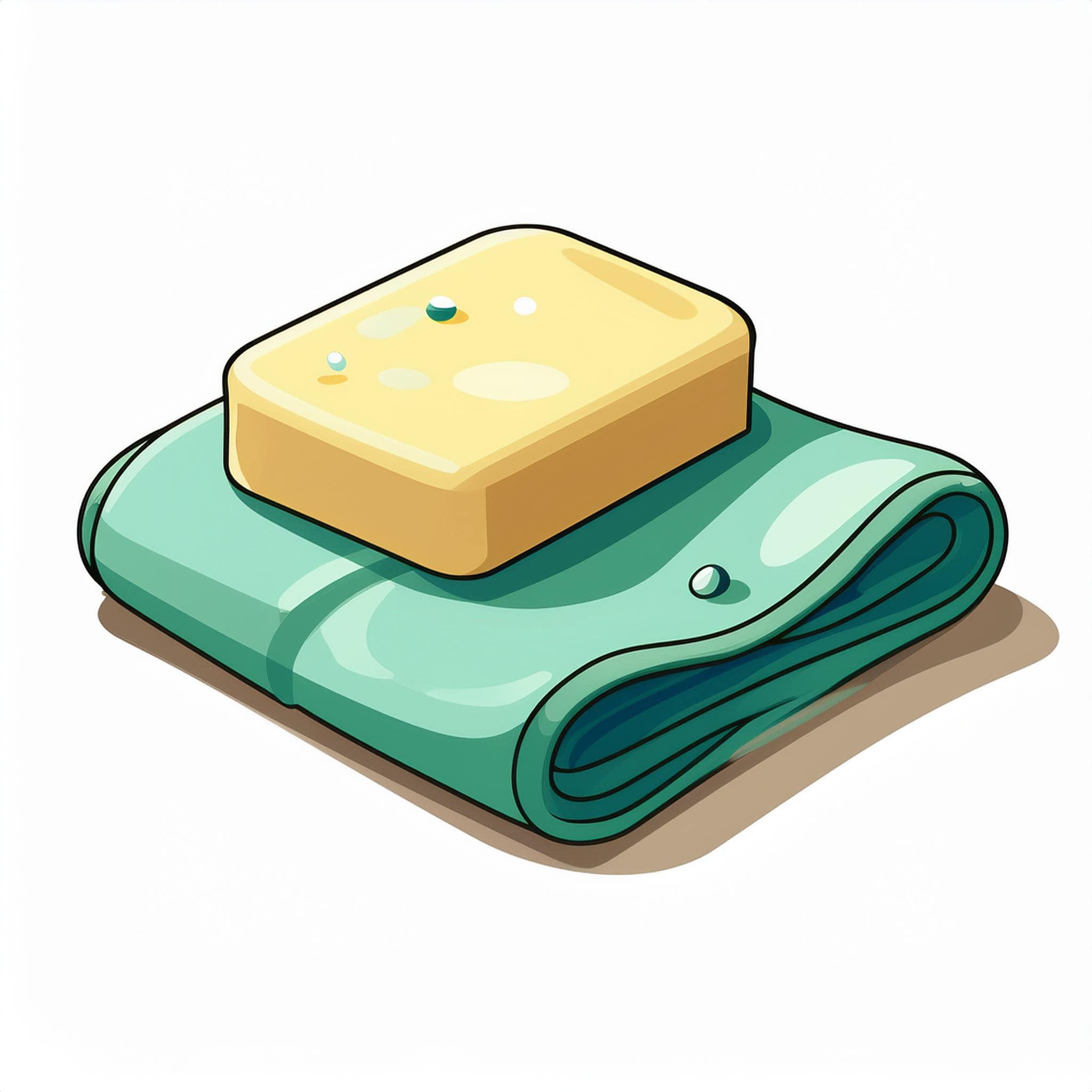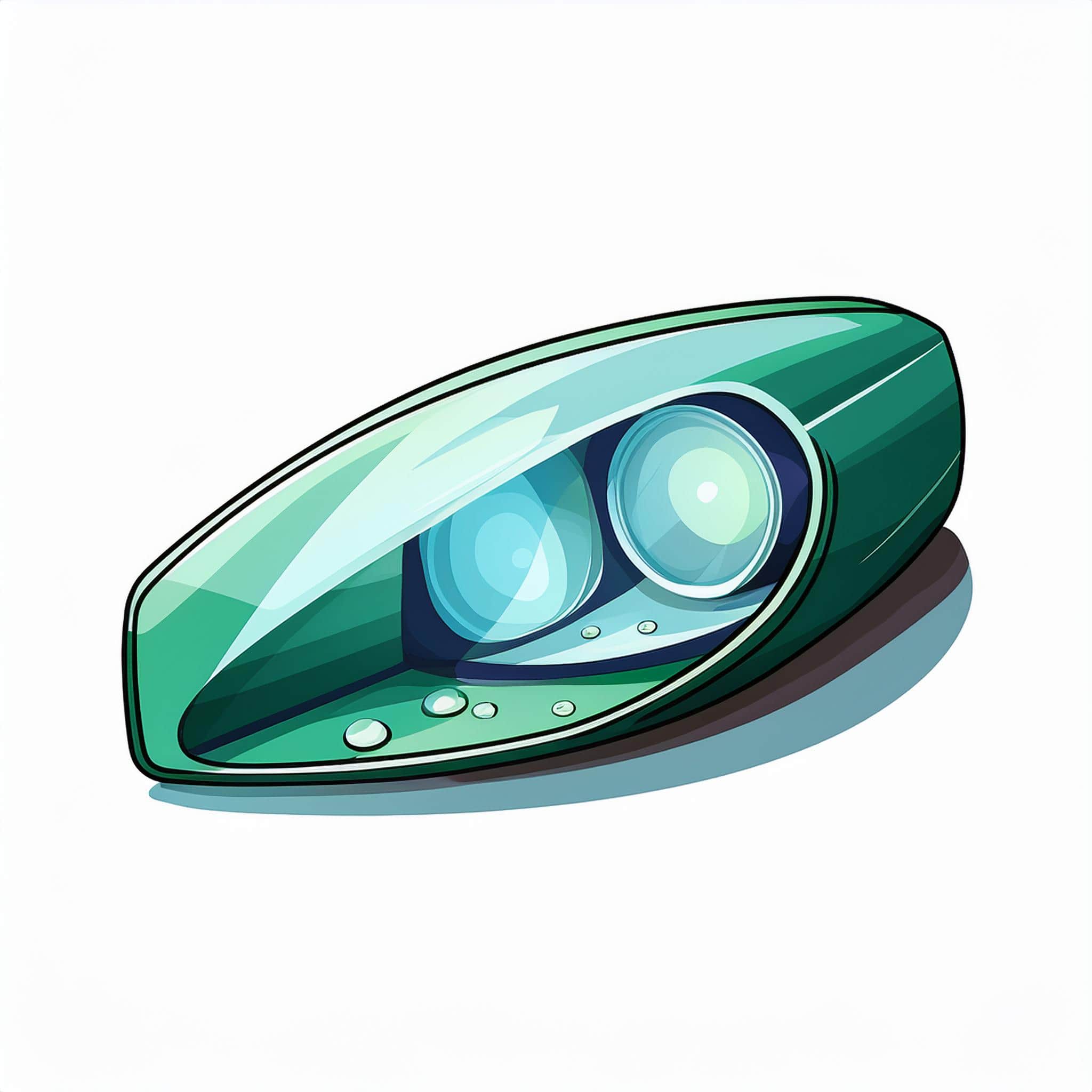LED lights are a popular choice thanks to their energy efficiency and long lifespan. To keep them performing at their best, regular maintenance is essential. In this guide, we’ll go over how to properly care for your LED lights, from dealing with moisture to correct installation and cleaning tips.
Cleaning
The lamp
To enjoy your lighting for as long and as effectively as possible, it’s important to clean the lamp regularly. Avoid using dry or rough cloths, as these can cause scratches on the surface. Instead, use a soft, damp cotton cloth with a small amount of mild cleaner. This could be a glass cleaner without harsh chemicals or a mild dish soap. After cleaning, let the lamp dry completely to make sure no moisture remains inside.
The breather membrane
It’s also important to keep the breather membrane clean. If it looks dirty, gently clean it using a soft, damp cloth. A good option is a lightly moistened cotton cloth with water—just make sure it’s not soaking wet to avoid excess moisture entering the lamp. Carefully wipe the membrane without applying too much pressure to avoid scratches or damage. Let the membrane dry completely before switching the lamp back on. This helps the membrane work properly and prevents moisture build-up inside the lamp.
Note: Be mindful of the ambient temperature during cleaning. Extreme cold or heat can affect the cleaning process and the membrane.


Moisture in the lamp
One of the most important components of LED lights is the breather membrane. This allows moisture to escape from the lamp while preventing new moisture from entering. It may look like a small mesh, a metal cap with holes, or a plastic ring.
During production, some moisture can become trapped inside the lamp. This is normal and usually disappears on its own with regular use. That’s why it’s important to use your LED lights frequently, especially at the beginning. As the lamp heats up, moisture escapes through the membrane. This applies to both LED and halogen lamps. If you notice moisture inside the lamp, in most cases, simply using the lamp is enough to allow it to evaporate.
It’s worth noting that temperature fluctuations can cause condensation inside the lamp. This is usually temporary and will disappear once the lamp heats up. To help clear condensation, you can use this method: turn on the lamp for 30 minutes, then switch it off for 30 minutes, and turn it back on for another 30 minutes.
Improving lifespan
In addition to cleaning your lights, it’s important to regularly inspect the wiring for wear or damage. With heavy use, it’s possible for the cables to experience wear and tear. Check the entire cable for cracks, frays, or exposed wires, and make sure to inspect all connection points. Performing voltage and continuity tests can also help catch issues early.
Tip: When in doubt, always contact a professional.
By following these simple maintenance and usage tips, you can extend the life of your LED lights and ensure they always perform at their best. Regular use and proper care not only help to eliminate moisture but also keep your lights operating efficiently. In other chapters, we’ll go deeper into proper installation and mounting, as well as possible modifications for LED lights.


 English
English Nederlands
Nederlands Deutsch
Deutsch Svenska
Svenska